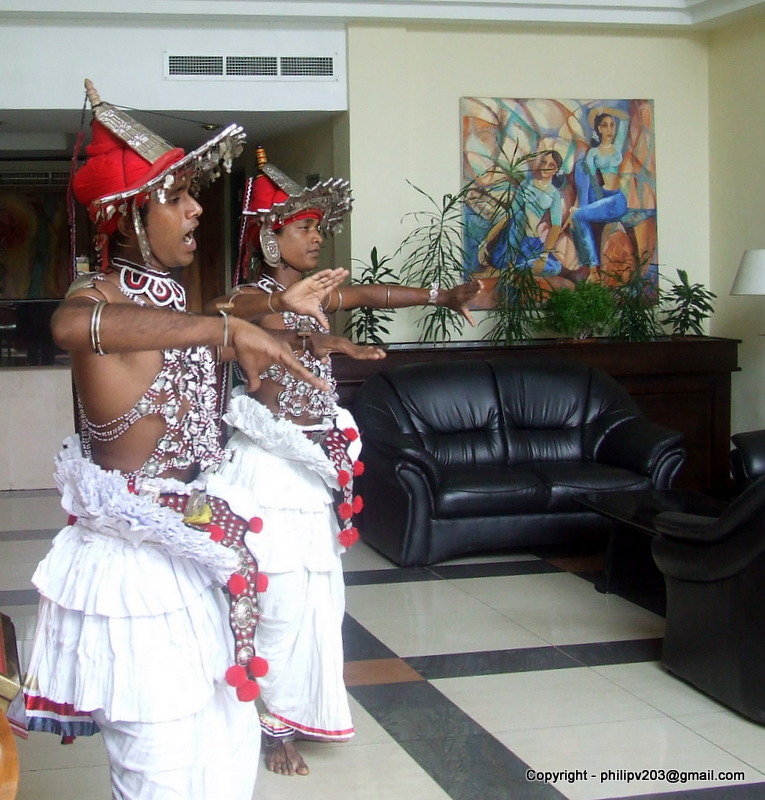 |
| 'Tranquility' |
 |
| 'Happiness' |
 |
| 'Sorrow' |
'Samadhi Statue is considered
one of the best sculptures in the Anuradhapura era. It is thought to be done during
the 3rd or the 4th century. It
is made out of dolomite marble and stands 7 feet 3 inches (2.21 metres) in
height. This statue was found in the present location in 1886 fallen to the
ground with damages to the nose. It was then erected and the nose was
reconstructed. In 1914, it was found damaged by treasure hunters and re
constructed again.
The
statue’s eyes are hollow indicating they were impressed with crystal or
precious stones. It is unclear whether this and the 2nd statue were brought
from another vihara or they were originally kept here.
It is said that when you look at the face of the statue from three sides they
show 3 different features. Looking at the profile of the face from left and
right they show a slight sadness and a slightly smiling face on the other.
Looking from the front, the face shows neutral features.
Today this stature is covered by concrete structure which has
somewhat destroyed the beauty of this statue. Even the reconstruction of the
nose has not been a success which looks very artificial'.
It is said that Pandit Jawarhlal Nehru while in prison during the independence struggle for British India, had a photo of this statue as a constant companion.













